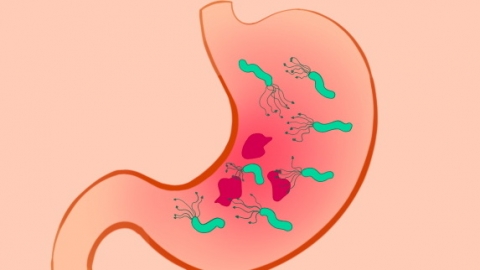How much Helicobacter pylori is considered serious?
Generally speaking, the severity of Helicobacter pylori (H. pylori) infection cannot be determined solely by numerical values. It should be comprehensively assessed based on the reference ranges of the testing method used and whether gastrointestinal discomfort symptoms are present. Detailed analysis is as follows:

The reference value for the carbon-13 breath test is typically 0–4 dpm. A value exceeding 4 dpm suggests infection, but the numerical level does not directly equate to clinical severity. Even if the value is slightly above 4 dpm, immediate treatment may not be necessary if symptoms such as stomach pain or bloating are absent. For the carbon-14 breath test, the reference value is generally 0–100 dpm, with values exceeding 100 dpm considered positive. Some individuals may have values in the hundreds or even thousands. If accompanied by conditions such as gastric ulcers or gastritis, prompt attention and timely intervention are necessary. It should be noted that higher values may indicate greater bacterial load but do not necessarily reflect more severe disease. Conversely, lower values may still indicate chronic infection, which, if left untreated long-term, can still damage the gastric mucosa.
Maintaining good dietary hygiene and avoiding shared utensils are important in daily life. If test results are positive and gastrointestinal discomfort is present, standardized treatment under professional guidance is recommended, along with maintaining regular meal patterns, reducing intake of spicy and irritating foods, and protecting gastrointestinal health.






